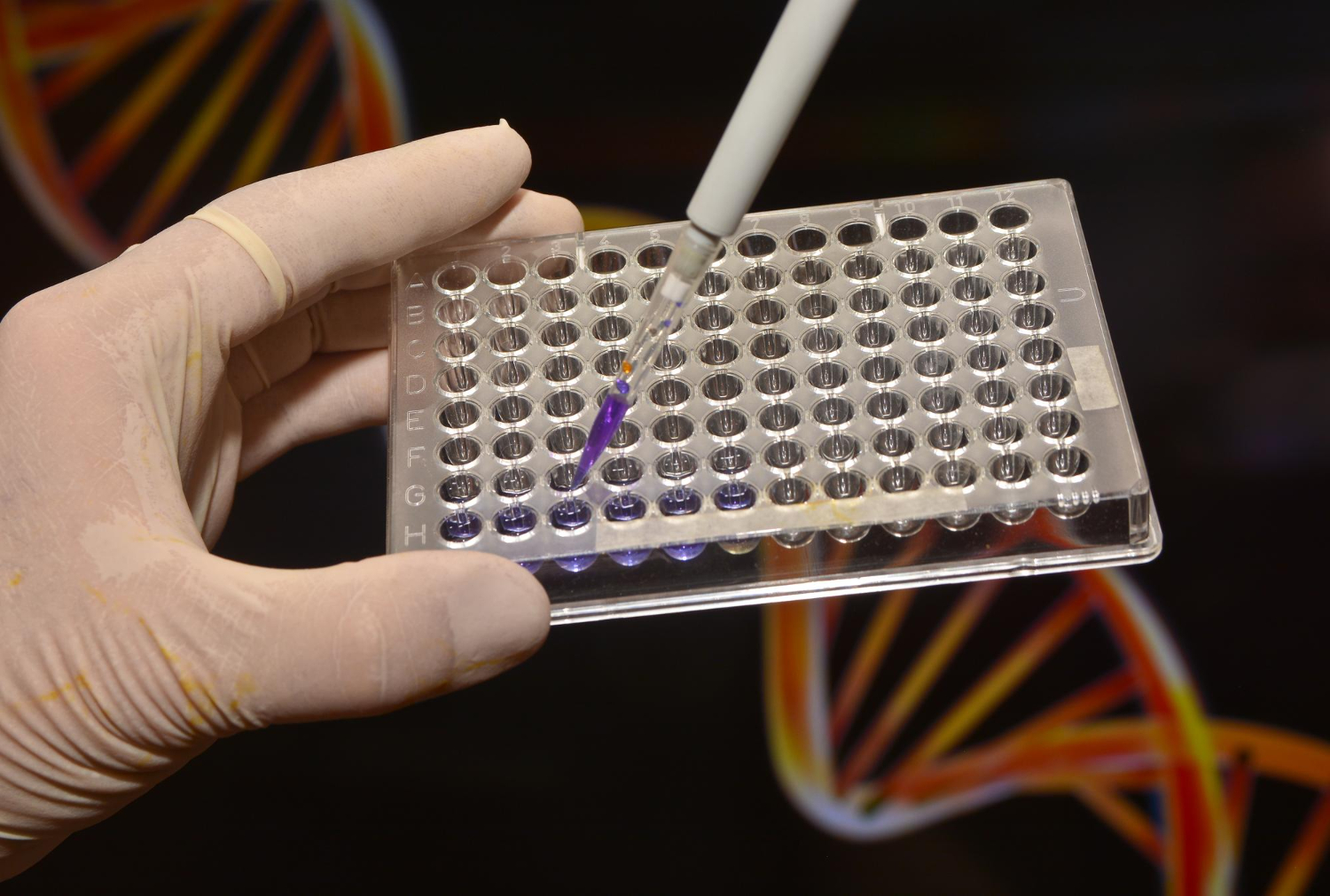The Role of DNA in Medical Laboratory Science
There are a variety of ways that DNA is used within the medical laboratory science field. One of the most common uses of DNA by those with a masters degree in medical laboratory science is as a diagnostic tool. DNA is used to diagnose a variety of medical conditions, including genetic disorders, infections, and cancer. In many cases, DNA testing is the only way to diagnose a particular condition.
DNA Diagnosis
One of the most common uses of DNA sequencing in the medical laboratory is to diagnose genetic disorders. A number of genetic disorders can be diagnosed by sequencing a patient’s DNA. For example, sequencing can be used to identify mutations in the DNA that are responsible for genetic disorders such as cystic fibrosis, Huntington’s disease, and Down syndrome. There are even some conditions that can be flagged from home—the average person can upload DNA to certain websites to scan for certain gene mutations.
DNA testing can also be used to diagnose infections. For example, a DNA test can be used to identify the species of a bacterial infection. This information can be used to determine the best course of treatment for the infection.
Cancer is another condition that can be diagnosed with DNA sequencing. Cancer can be caused by mutations in the DNA of cancer cells. By sequencing the DNA of a tumor, doctors can determine the type of cancer and the best course of treatment.
In many cases, DNA testing is the only way to diagnose a particular condition. This is especially true for genetic disorders, which can often be difficult to diagnose. DNA testing is also a very accurate way to diagnose diseases, so it is often used in place of other tests.
Determining Susceptibility
In addition to its use as a diagnostic tool, DNA can also be used to determine a person’s susceptibility to certain diseases. This use of DNA is known as pharmacogenetics. Pharmacogenetics is the study of how a person’s DNA affects their response to drugs. By understanding a person’s DNA, doctors can prescribe medications that are more likely to be effective for that person.
Pharmacogenetics has already been used to develop drugs that are more effective for certain groups of people. For example, people with a certain type of DNA are more likely to respond to the blood thinner warfarin. People with a different type of DNA are more likely to respond to the cholesterol-lowering drug statin.
Pharmacogenetics is also being used to develop drugs that are less likely to cause side effects. For example, people with a certain type of DNA are more likely to experience side effects from the anti-cancer drug tamoxifen. People with a different type of DNA are more likely to be able to take tamoxifen without experiencing any side effects.
Pharmacogenetics is an important tool for personalized medicine. By understanding a person’s DNA, doctors can prescribe medications that are more likely to be effective and cause fewer side effects.
Forensic Identification
One common use of DNA in forensics is to identify a person. This can be done by comparing the DNA profile of a suspect to the DNA profile of the victim. If the two profiles match, then the suspect is likely to be the person who committed the crime.
Paternity testing is another common use of DNA in forensics. This testing can be used to determine whether a man is the father of a child. Paternity testing can also be used to determine the amount of genetic relationship between two people.
The use of DNA in the medical laboratory is constantly evolving. DNA is being used to diagnose more conditions and to determine a person’s susceptibility to more diseases. DNA is also being used in more fields, including forensics and pharmacogenetics. As the use of DNA in the medical laboratory continues to evolve, so too will the role of DNA in medical laboratory science.




